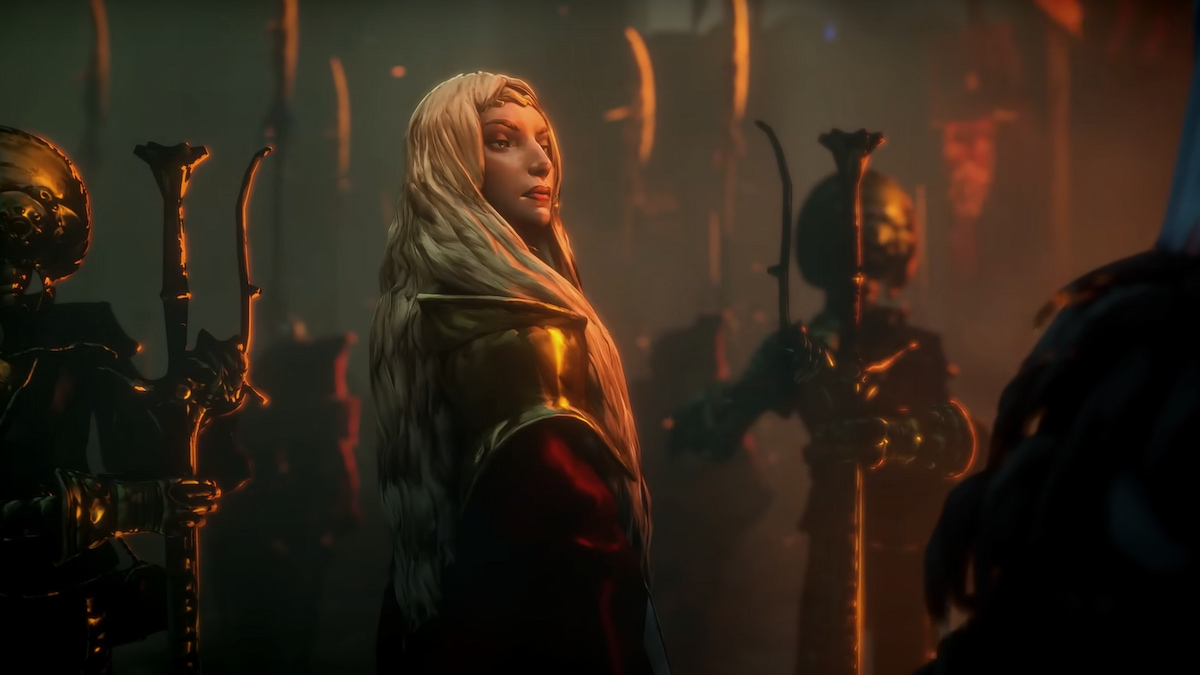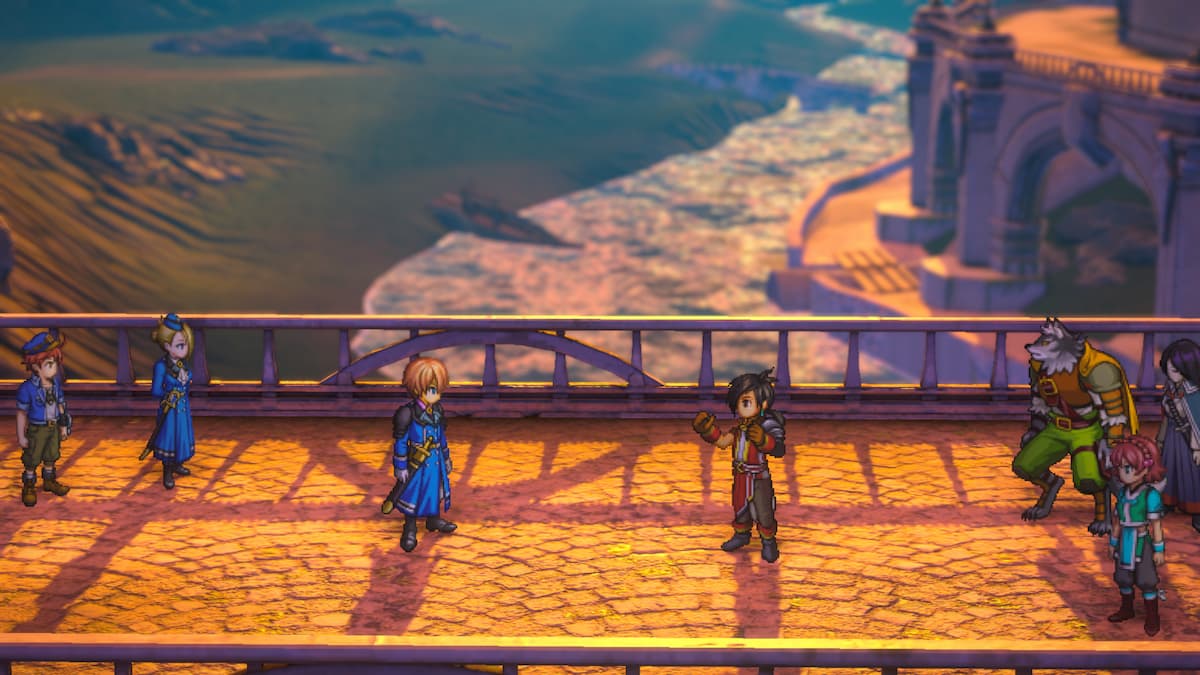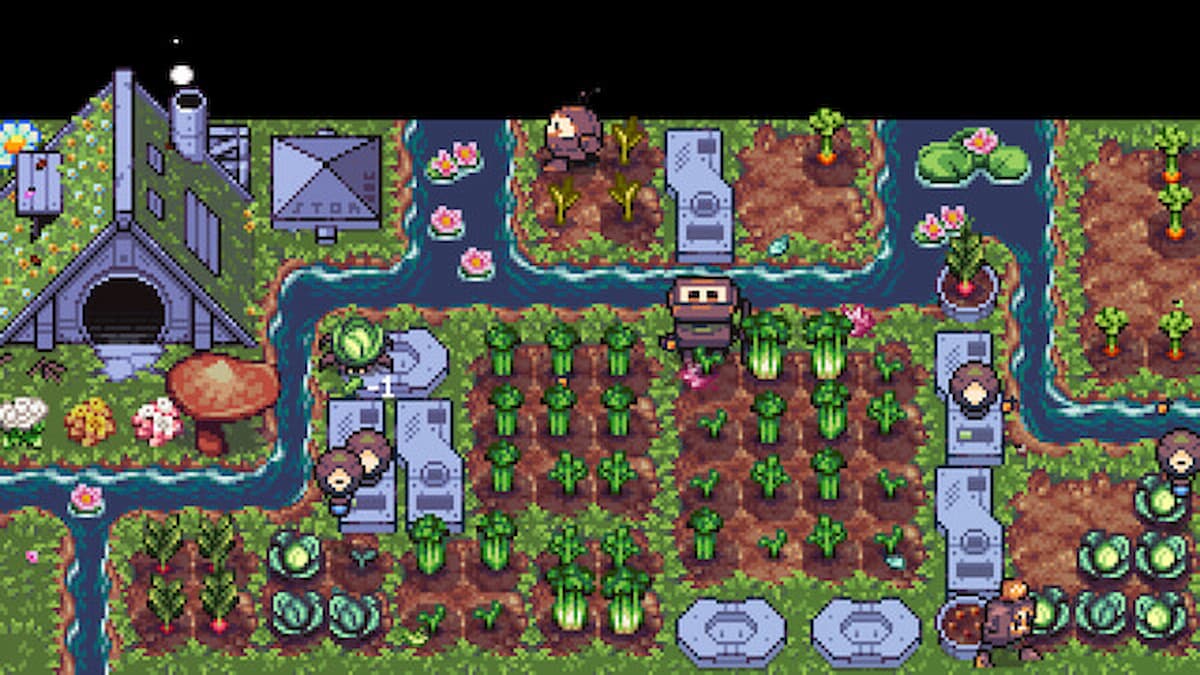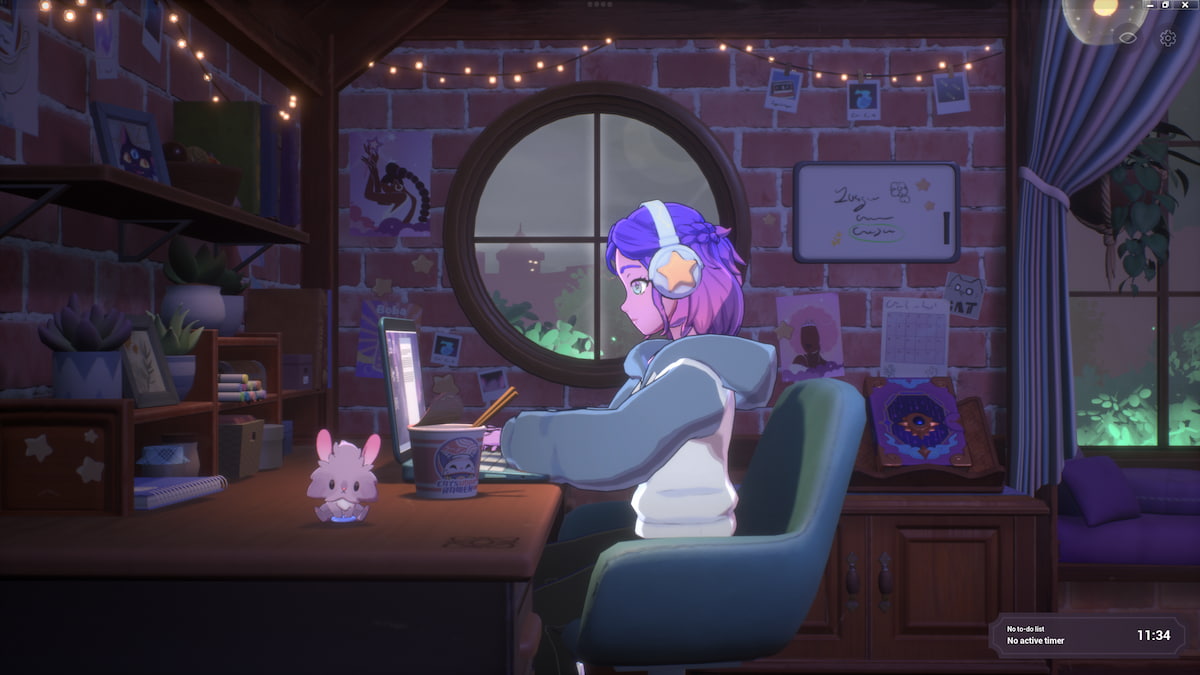Tortmentum is not your regular point and click adventure game.
The title released March 4th, 2015, and Polish indie studio OhNoo promises a deep philosophical story of redemption, where the player’s moral choices affect the outcome. How well the game does this is debatable, but it is still worth playing for the amazing sensory experience.
The protagonist starts the game as a hooded, nameless amnesiac locked in a metal cage under a flying machine, his companion being a giant talking rat. From there, he has to escape from a hellish dungeon, travel across a desert and find out why he only has a memory of a particular statue. This sounds easy enough, although there are choices that the player makes along the way, such as lending help to one character over another, which are designed to influence the game’s outcome.
Tormentum’s Art Belongs in a Very Spooky Gallery
The most noticeable thing when playing Tormentum is that it’s truly a visual feast. Inspired by H.R. Giger’s work, the 75 hand-painted stages in the game echo the dark, macabre style of the Swiss surrealist. Each image looks so finely handcrafted that you could print it out and hang it on your wall, if you’re into hanging that sort of thing on your walls. The artistic style also matches the overall tone of the game perfectly: it’s surreal, trippy, and just a little bit terrifying.
As a result of the detailed art, the environment is 2D, and the protagonist doesn’t actually move around the screen. However, players can use the mouse to pan left and right in the environment, and this is also necessary to see the directional arrows to move the character to the next screen. While this doesn’t affect the gaming experience much, it can be difficult to immerse yourself in a game when you’re looking for directional arrows, in the cases where they’re almost obscured by the art.
The aesthetic style of the game is also enhanced by its soundtrack, which worked to heighten the sense of unease. The barely audible chanting in the dungeon levels, for example, isn’t particularly scary, but when paired with the visual effects of various forms of torture and the sadism of some of the characters, the result was an extremely creepy sensory experience.
Some of the sound effects, however, were a little hokey and detracted from how immersive the game was. The “storing” effect for putting items in your inventory, or the clomping down the stairs, or the scribbling-in-a-notebook sound all seem to be a bit comical and out of place. This is a minor issue though: overall, the sound design worked well to compliment the disturbing visuals. There are no cheap jump scares in Tormentum; it’s more of an ongoing sense that something is very, very wrong.
How much can a thin narrative be saved by pretty art?
Storywise, the game has potential: the threat of torture in the dungeons is very real, and it’s enhanced by some gory imagery of other prisoners being impaled repeatedly on spikes. I also liked the use of a variety of terrains to show the progress of the protagonist’s journey. However, the overarching plot was rather thin: the protagonist’s amnesia and unknown identity naturally make for a good mystery to solve, but the ending handed the player that information in a monologue, without any development or consideration.
There’s no real motivation to save, rather than kill, a character, other than any commonsense morality external to the game.
Likewise, the characters in the game are equally one-dimensional: there’s no real motivation to save, rather than kill, a character, other than any commonsense morality external to the game. In the game’s introduction, the player is presented with German philosopher Immanuel Kant’s famous categorical imperative: treat other people not only as a means to an end, but as an end in themselves. It’s ironic, then, as the only way to progress in this game is precisely to do the opposite: you have to use the other characters as a means to an end.
Despite Tomentum’s heavy emphasis on moral choices, their implication seems relatively weak. Player choices are binary, so that there are only ever two options in a given situation. The game also claims to offer various end scenarios based on those choices, but the writing actually limits those outcomes. On multiple playthroughs I had the same ending despite selecting different options, and the dialogue at the conclusion of the game implied that there are actually “correct” choices to make in the game for an alternate ending, which was frustrating to discover.
Puzzles are elegant, but easy
As with any good adventure game, Tormentum offers a range of puzzles, from straightforward engineering ones (such as lining up cogs to open a mechanism) to ones where the player has to collect and combine several items. The point-and-click function is smooth, so it’s easy to transition between the inventory and the scene.
It’s heartening that the puzzles are logical, in that it doesn’t require the player to mash together every combination of items in their inventory, unlike some other games.
However, the game leans to the easy side; some of the puzzles had so many hints that even the most unskilled players could readily solve them without much thought. Further, the glowing effect around interactive objects in the environment made them easily noticeable, but detracted from the challenge of finding the requisite objects for a quest. (That said, I’d rather be able to find quest items easily, than have to embark on a pixel hunt.)
Despite these shortcomings, Tormentum is still worth playing. The game puts more emphasis on aesthetics than ethics, so it’s a little disappointing that it doesn’t seem to live up to its promise as a morally intriguing game. However, that might also be attributed to its length, which clocked in at about two hours for each playthrough.
For its current price ($11.99 on Steam), this might make Tormentum a bit spendy, but the sensory experience of playing this game is delightful, disturbing and not to be missed.








